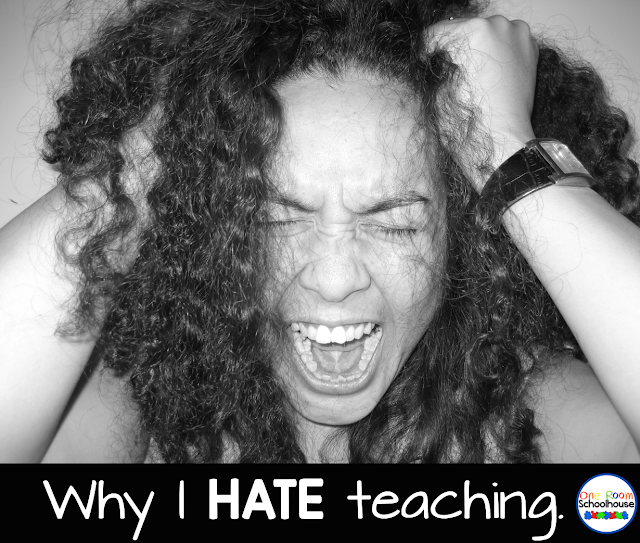Today I am going to share some of our finished research projects that my students created. If you want to know how we got to this point, check out these blog posts. The first post tells how we conducted our research.
This post shares how we took our research and wrote our rough drafts. Each child wrote his/her own paper!!
We focused on only one paragraph each day. The class wrote the topic sentence together, then they each wrote their own details. After each child wrote out their rough draft, my intern or I would review their work and conference with them. We discussed their errors, made corrections, and added/deleted details as needed. Then, each student took their "sloppy copy" with the corrections and rewrote it. They drew a picture that went with their paragraph. As we were working on our projects, I had several kids ask if they could publish using Book Creator. Since I am at a tech 1:1 school, each child is assigned his/her own iPad. Since using the app Book Creator was motivating to them, I agreed. Here are a few screenshots of some of my students' books. I have a wide range of abilities in my class. This first example is from a student who used sentence frames on his hard copy, but when he started typing his work, he added more (and better) details to his writing all by himself!
As you can see, by the end of the project he tired out and didn't add a final picture. Overall, I was very impressed with his work.
This is a project by one of middle level students. She added more details in both her drawings and writing. She even added a background color and changed the font.
This is another project from a middle level student.
I love it when my students surprise and impress me. I love their finished projects. I also love that they were so proud of their work that they asked to present their books to their classmates. (My students do not enjoy sharing their work.) We showed each book on the SmartBoard so everyone could see each book. The kids were so happy with their work!




















































